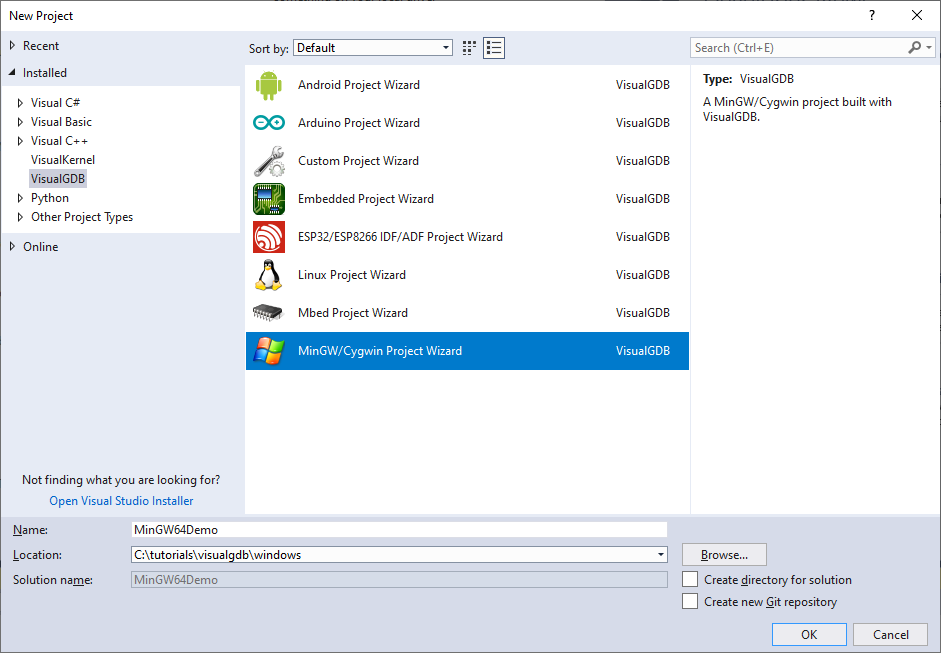

- #How to use mingw w64 install
- #How to use mingw w64 32 bit
- #How to use mingw w64 archive
- #How to use mingw w64 full
It's also possible to install build tools in the MSYS2 emulated environment in case the user wants to build software that depends on the POSIX emulation layer instead of the native API. This way, when managing MSYS2 itself, standard Unix tools can be used unmodified by using the emulated environment.
#How to use mingw w64 full
Instead of providing a full environment like Cygwin does, MSYS2 tasks itself with being a development and deployment platform. Cygwin provides a full POSIX environment (as a windows DLL) in which applications, compiled as Windows EXEs, run as they would under Unix. WSL lets Linux ELF binaries run on Windows, with limited support for kernel calls and significant limitations in graphical applications. MSYS2 shares this goal of bringing Unix code to Windows machines with several other projects, most notably Cygwin and Windows Subsystem for Linux (WSL). It plays the same role the old MSYS did in MinGW.

MSYS2 ("minimal system 2") is a software distribution and a development platform for Microsoft Windows, based on Mingw-w64 and Cygwin, that helps to deploy code from the Unix world on Windows.

It was first submitted to the original MinGW project, but refused under suspicion of using non-public or proprietary information. In 2008, OneVision then donated the code to Kai Tietz, one of its lead developers, under the condition that it remains open source. In 2005, Mingw-w64 was created by OneVision Software under clean room design principles, since the original MinGW project was not prompt on updating its code base, including the inclusion of several key new APIs and the much needed 64-bit support.
#How to use mingw w64 32 bit
Mingw-w64 can generate 32 bit and 64-bit executables for x86 under the target names i686-w64-mingw32 and x86_64-w64-mingw32. Mingw-w64 can be run either on the native Microsoft Windows platform, cross-hosted on Linux (or other Unix), or "cross-native" on MSYS2 or Cygwin.
#How to use mingw w64 archive
Mingw-w64 includes a port of the GNU Compiler Collection (GCC), GNU Binutils for Windows ( assembler, linker, archive manager), a set of freely distributable Windows specific header files and static import libraries which enable the use of the Windows API, a Windows native build of the GNU Project's GNU Debugger, and miscellaneous utilities. It was forked in 2005–2010 from MinGW ( Minimalist GNU for Windows). Mingw-w64 is a free and open source software development environment to create Microsoft Windows PE applications.

Public domain (headers), GNU General Public License (compiler and toolchain), Zope Public License


 0 kommentar(er)
0 kommentar(er)
